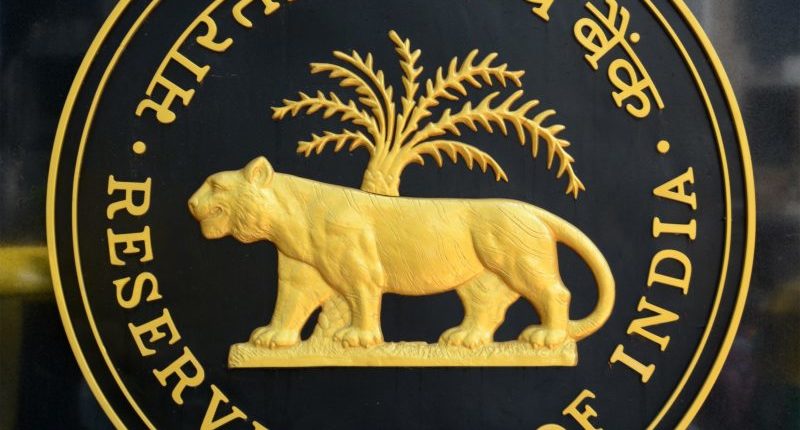The Monetary Policy Committee (MPC) headed by the governor of the Reserve Bank of India analyses economic growth, price stability, and addresses its monetary issues. For the fourth time in a row, the Monetary Policy Committee has decided to keep the policy rate unchanged. To support growth, India’s Central Bank has slashed the repo rate by 115 basis points since the start of the pandemic.
Repo Rate and Reverse Repo Rate
Liquidity Adjustment Facility (LAF) is one of the mechanisms used by the Reserve Bank of India to adjust liquidity and money supply in the economy. Repo rate (at which Central Bank lends money to the banks) and reverse repo rate (at which Central Bank takes money from the bank) are the two types of LAF.
Based on the assessment of current macroeconomic factors, the RBI has announced to keep the repo rate unchanged at 4% in its first bi-monthly MPC review meeting after the union budget 2021. Further, the reverse repo rate was unchanged at 3.35 per cent, marginal standing facility and the bank rate at 4.25 per cent.
CRR ratio restoration
The Cash Reserve Ratio (CRR) (the amount of cash that banks are required to maintain with RBI at zero interest rate) will be scaled up to 4% in a phased manner. It can be seen as the first step towards normalisation.
Accommodative policy continued
The monetary policy committee of RBI has decided to maintain the ‘accommodative stance’ as long as it is necessary at least through the current financial year to the next financial year. With the continuation of ‘Accommodative stance’, the central bank seeks the revival of the economic growth on a durable basis, mitigates COVID-19 impact, and ensures that inflation remains within the target.
Inflation and GDP growth
As per the RBI governor, the outlook of economic growth has improved significantly, and inflation has eased below 6% for the first time since the pandemic. The Central bank has revised projected CPI inflation to 5.2% for Q4 of 2020-21, 5.2%-5% for H1 of FY22, and 4.3% of FY22. However, it has cautioned that cost-push pressures and rising petroleum prices may elevate the inflation rate.
The GDP growth projected at 10.5% for the year 2021-22 is a big positive.
Retail direct investment for G-sec
The RBI has allowed the retail investors to directly invest in government securities (G-Sec) online through the gilt security account (Retail Direct). Retail investors can get direct access to invest in the primary and secondary government bond markets. The G-Secs carry no risk of default, and hence it will be placed in competition with other banks for attracting retail savings deposits.
On tap scheme funding to NBFC
The RBI has announced plans to provide funds from banks under the TLTRO ‘on tap scheme’ to NBFC for lending to specific stressed sectors like agri, retail, MSME, pharma, etc. It will support to revive activities in these sectors and will significantly stimulate the objective of inclusive growth.
The RBI’s monetary policy to keep the repo rate unchanged and assurance for accommodative policy into the financial year 2021-22 is complementary on the relief measures announced in the union budget for the year. The commitment of ample liquidity in the banking system will support growth and drive economic recovery.
RBI has already made it mandatory for banks to link their retail and MSME loans to external interest rate benchmarks. The monetary policy committee’s decision to keep the repo rate unchanged will enable the banks to continue with low-interest rates and attract consumers to take housing, car, personal loans for travel. The increase in consumer spending will eventually benefit the revival of the interlinked sectors in the economy.
For any clarifications/feedback on the topic, please contact the writer at namita.shah@cleartax.in

I’m a chartered accountant and a functional CA writer by profession. Reading and travelling in free time enhances my creativity in work. I enjoy exploring my creative side, and so I keep myself engaged in learning new skills.





